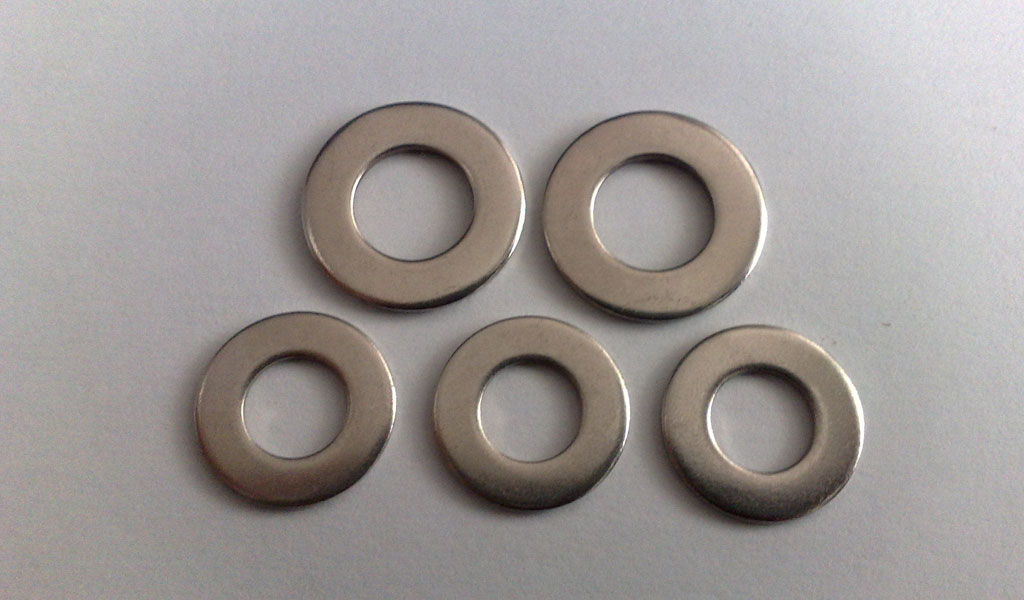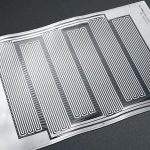
A flat gasket is a thin sheet-like sealing element used to distribute load and reduce friction. Flat washers are usually round in diameter and can vary in diameter for the inside and outside diameters. Dimensional standards for flat washers are usually described by the inner and outer diameters and thickness.
Common dimensions of flat washers
- 1. Inner diameter: usually between 3mm and 100mm, but can be adjusted according to specific needs.
- 2. Outer diameter: usually between 6mm and 200mm, it can also be adjusted as needed.
- 3. Thickness: Usually ranging from 0.3mm to 12mm, the specific thickness can also be adjusted as needed.
Dimensional standards for flat washers
Dimensional standards for flat washers are usually determined based on inside diameter, outside diameter, and thickness. These standards are usually developed by international organizations, such as ISO and DIN. Some common flat washer size standards include:
- 1. ISO 7089: This is a flat gasket standard that is classified based on inside diameter, outside diameter and thickness.
- 2. DIN 125: This is a German standard usually used for general mechanical applications.
- 3. ANSI/ASME B18.22.1: This is an American standard that classifies based on inside diameter, outside diameter, and thickness.
Precautions for choosing the correct flat washer size
- 1. Ensure Correct Fit: When selecting a flat washer, you must ensure that its inner diameter, outer diameter, and thickness exactly match the fitting to ensure it is fully within specification.
- 2. Note the material: The material of the flat washer may affect its suitability and service life, so the choice must be made on a case-by-case basis.
- 3. Consider the load: When selecting a flat washer size, you must consider the required load and choose the correct thickness and material to ensure it meets the load.
Common misunderstandings
- 1. Improper sizing: Incorrectly sizing a flat gasket can result in seal failure or other problems.
- 2. Overlooking Materials: Overlooking the choice of flat gasket material may result in a short life or failure to meet specific needs.
Conclusion
The dimensional standards for flat washers are determined based on the inner diameter, outer diameter and thickness. When selecting a flat washer size and GD&T Runout Tolerance, you must ensure that its inner diameter, outer diameter and thickness exactly match the fitting, and select the material and thickness according to the specific situation.






